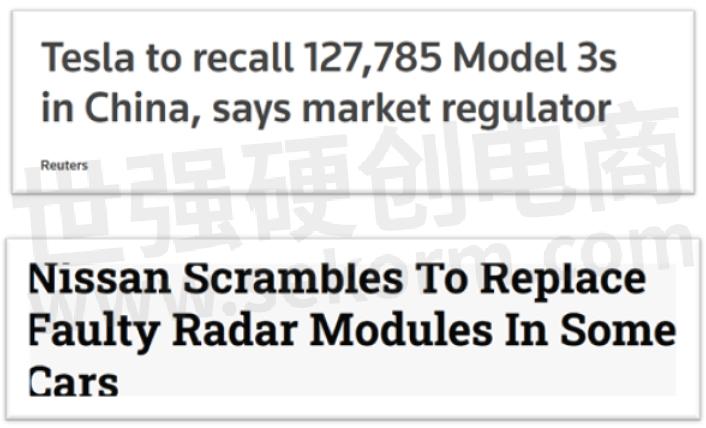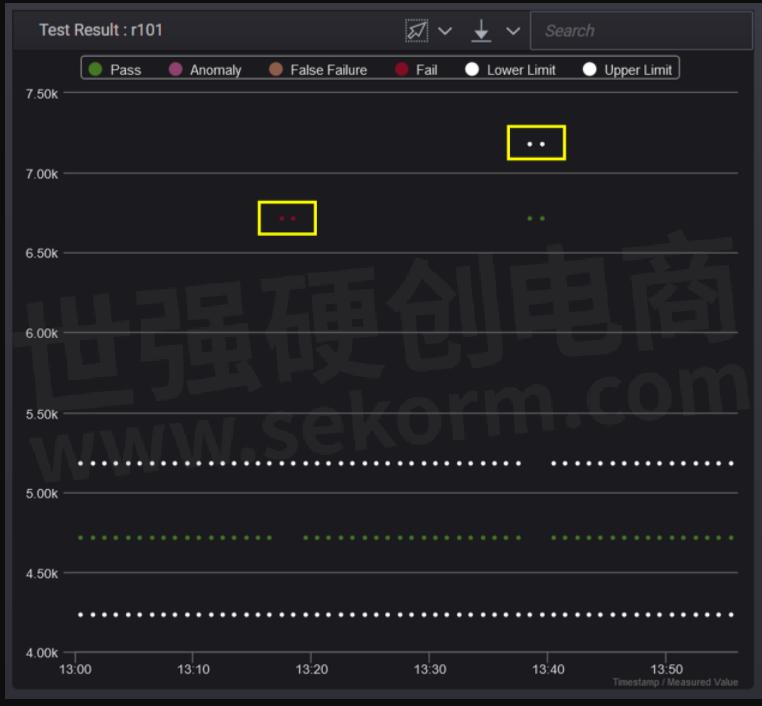PathWave Manufacturing Analytics (PMA) Use Case: Faster diagnostics for Semiconductor recalls

Recently Keysight has seen car recalls due to faulty semiconductor components. Recalls have a huge financial impact on the car makers (also referred to as Original Equipment Manufacturers, OEMs) along with damage to their reputation.

With the increased share of semiconductors in newer models, analytics in semiconductor testing has become even more central to the overall quality of the vehicle. OEMs have very stringent semiconductor testing policies with their Contract Manufacturers (CMs). Some of the major car manufacturing brands trust PMA for providing them with real-time insights into the quality of semiconductor boards manufactured by their CMs. This helps them to be continuously on top of their quality metrics and reduce costs (through reduced wastage and recalls).
If any faulty component is identified in a new car, while fixing the faulty component, the car makers also check the complete lineage of the component to identify a potential quality risk in other cars of the same batch. Faulty boards are returned to the factory for diagnostics; these boards are also often known as Return Merchandise Authorization (RMA) boards. To perform root cause analysis, contract manufacturers (CMs) need to retrieve the test history of the faulty board based on its serial number. Along with the board test history, they also need to check similar issues in the production batch.
Within the PathWave Manufacturing Analytics application, there is an RMA module that allows a user to retrieve the complete test history of the board and its batch. The RMA module is specifically designed to help OEMs and CMs perform faster root cause analysis.
Shown below is how one of the global OEMs (having mandated using PMA in its supply chain) used the RMA module to perform root cause analysis for a faulty board. They observed limit change manipulations done by CM while testing a specific component on the board. Two boards initially failed during a test, the upper limit was abruptly increased (much above the approved limit) while re-testing board these and later reverted again to the actual limit. This led to quality issues with the boards passed between the modified limits.

PMA scatterplot showing momentary limit change for passing faulty boards
As part of the investigation, the CM also had to extract the test history of all the boards manufactured in the production batch. The CM used the RMA module to extract the batch details and their test history information. All boards tested during manipulated limits could not be repaired and were subsequently scrapped.
- +1 Like
- Add to Favorites
Recommend
- Loading data into PathWave Manufacturing Analytics
- Reducing Retest Improves First Pass Yield (FPY) with PathWave Manufacturing Analytics
- Boosting Your Manufacturing Analytics System with Keysight’s Pathwave Manufacturing Analytics (PMA)
- Keysight‘s Production Data Analytics Software PWA Has Supported Cloud Service Operations and Software
- Keysight i7090 with PathWave Test Executive for Manufacturing
- Testing LED using PathWave Test Executive for Manufacturing
- Keysight PathWave System Design 2023 Software Accelerates RF System Design and Digital Mission Engineering Workflows for 5G Non-Terrestrial Networks
- Keysight Introduces PathWave Design 2024 with Automation and Collaboration Support for Enterprise EDA Workflows
This document is provided by Sekorm Platform for VIP exclusive service. The copyright is owned by Sekorm. Without authorization, any medias, websites or individual are not allowed to reprint. When authorizing the reprint, the link of www.sekorm.com must be indicated.





























































































































































































































































































































































































































































































































































































































































































































































































































































































